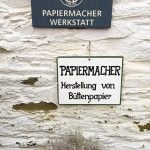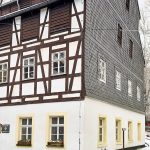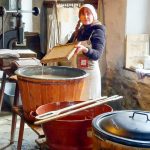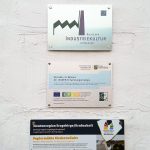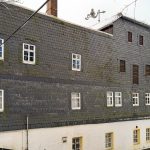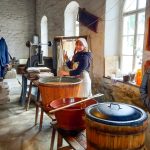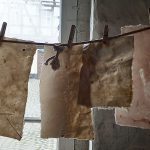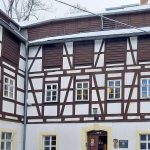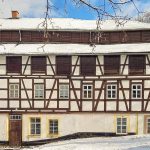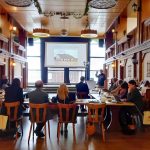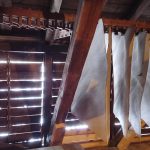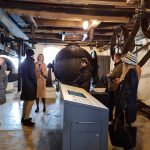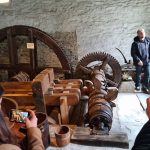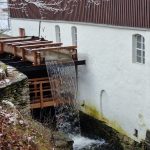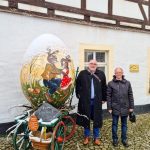Deliberations in Niederzwönitz on the Inscription of Historical Paper Mills on the UNESCO World Heritage List
On 27th March 2023 the Saxon town of Zwönitz hosted international deliberations in the framework of the project aiming at the inscription of the European paper mills on the UNESCO World Heritage List. The event gathered the representatives of the ministeries and heritage protection authorities from Czech Republic, Germany and Spain, accompanied by the managers of those paper mills which are currently the part of the project. Poland, which actually acts as a leader of the project, was represented by: dr Katarzyna Pałubska – Director of the Department of Heritage Protection within the Polish Ministry of Culture and National Heritage and prof. Bogusław Szmygin – President of the ICOMOS Polish National Committee, as well as by the representatives of the Museum of Papermaking in Duszniki Zdrój – dr hab. Maciej Szymczyk (Director), Joanna Seredyńska (Vice-director) and Emilia Dziewiecka (Adiunkt).
The meeting was opened by the hosts, i.e. the representatives of the Technical Museum in Niederzwönitz, who greeted the guests. Next, short speeches were held successively by Ms Frederike Hansell from the UNESCO Focal Point in Berlin and Ms Eva Battis-Schinker accompanied by Ms Christine Krebs – both of them from the Saxon heritage protection office in Dresden. After the official opening, the guests were invited to move to historical paper mill in Niederzwönitz, for a guiding tour. The paper mill, which has recently joined the projec, had been first mentioned in 1568 and the local tradition of hand papermaking dates back to 1873. Today, this historical building houses Technical Museum and the tradition of hand papermaking is continued in the form of workshops organised for tourists. The property is characterised by high architectural values and thus constitutes an important element on both local and European technical heritage trail.
As soon as the sightseeing tour finished, the quests moved back to the conference room for a session, aiming at the acquiantance of the partners with the idea of the project and the common policy in this matter. The session began with a speech held by Director Katarzyna Pałubska, who presented the official approach adopted by the Polish Ministry of Culture and National Heritage towards the concept of transnational UNESCO nomination, concerning the European paper mills. Then, Director Maciej Szymczyk and Emilia Dziewiecka from the Museum of Papermaking presented the idea of the project and its development over the past few years. Least but not last, prof. Bogusław Szmygin spoke about the achievements of the Polish experts as far as research expeditions to the European paper mills are concerned. An overview of the most valuable European paper mills, included in this presentation, did actually reflect an exensive piece of work that had been done by Polish experts and their important contribution to the project.
The presentations were followed by a discussion, during which the participants did exchange their experiences as far as the UNESCO projects are concerned. The participants also agreed over a timetable of coordinated tasks to be performed in the next stages of the project. Finally, it was also settled that a series of further meetings between the partners would be organised in the near future.
The deliberations held in Zwönitz shall be considered as an important step on the route of the paper mill from Duszniki Zdrój and its partner Properties towards the UNESCO World Heritage List.


